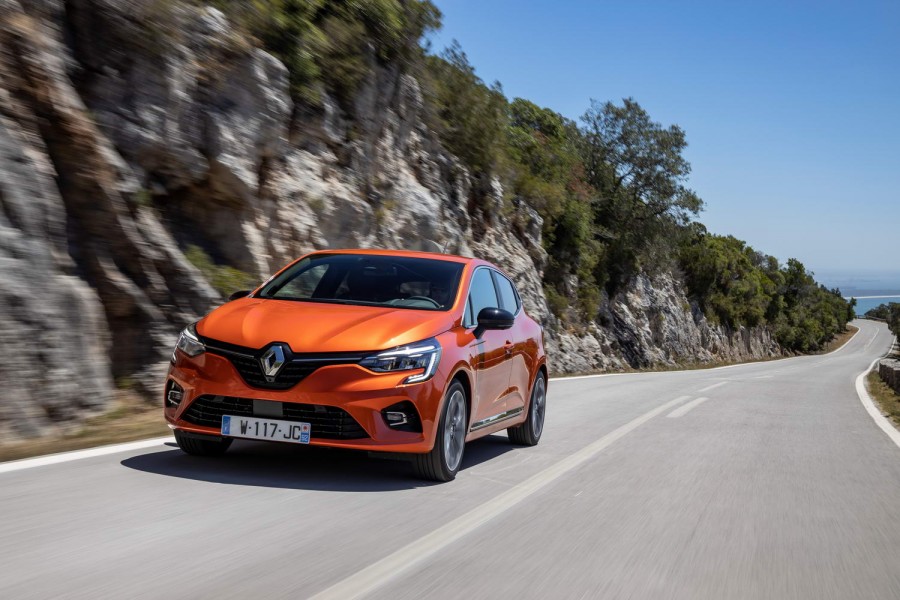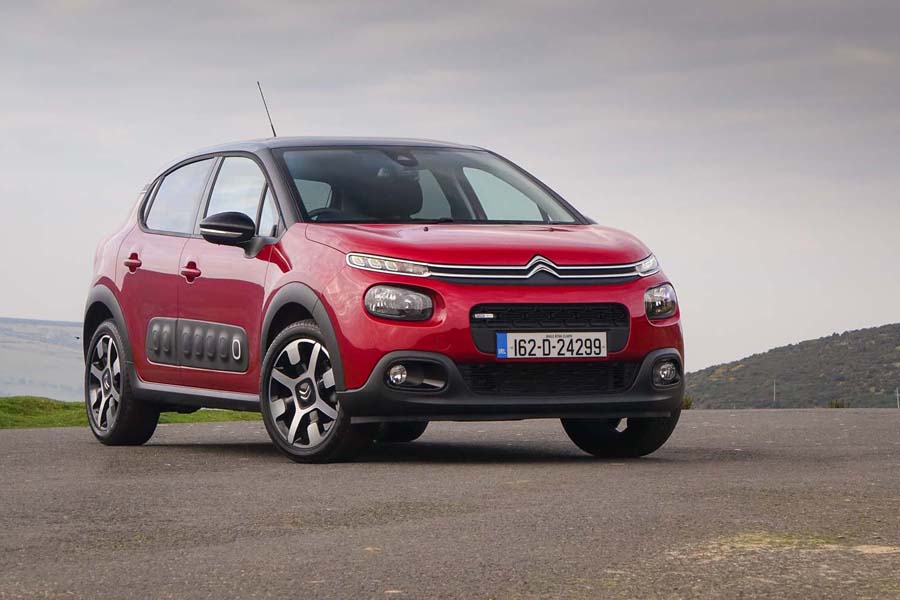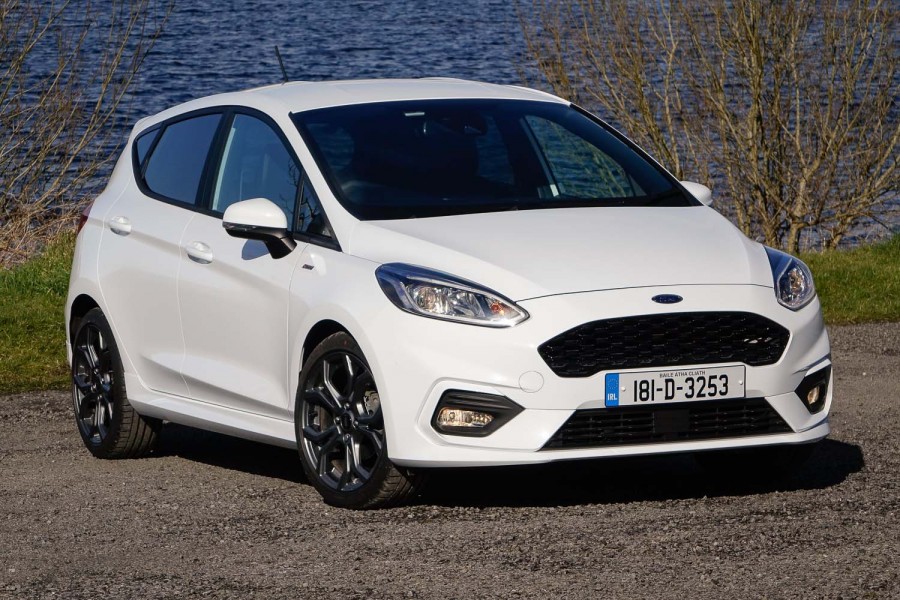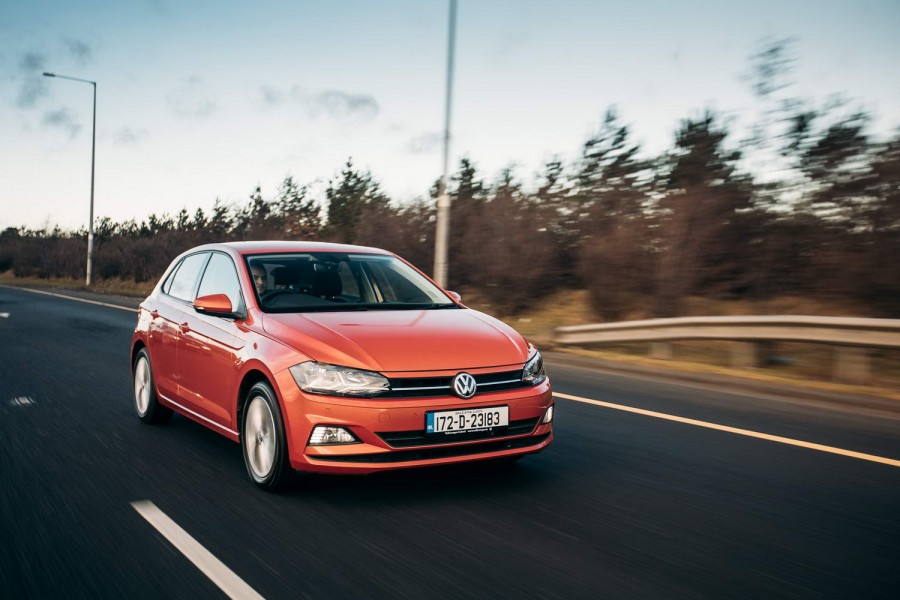The new Renault Clio will arrive in Ireland in the autumn, featuring a major cabin upgrade, improved engines, high tech options and styling that, while familiar, does help it to stand out in the supermini segment.
In the metal
We've covered much of this in the review of the Clio RS-Line version, with the 130hp engine, but it bears a little bit of repeating here. The short version is that Renault has kept the Clio looking more or less the same as it used to (bar new lights, trim and rear hatch), but underneath it's actually an entirely new car with an entirely new platform. That comes with a 150kg weight reduction and overall the new Clio is fractionally smaller than the old one. Renault's engineers said that, instead of letting the car become bigger and more bloated, they wanted to find more space inside through greater efficiency. That includes a cleverly designed sub-woofer for the stereo, which lives in the side of the boot rather than taking up floor space. It also means that the steering column has been fractionally slimmed down, to give the driver more knee-space.
Speaking of the cabin, that's a major success for this new model. While the exterior design is all-but carried over, the interior is entirely new, and Renault claims that the new Clio has more soft-touch plastic surfaces inside than some premium-brand models. That's an easy claim to believe, as the cabin looks great, and feels genuinely plush. That's a sensation improved on this Intens model (which will most likely be re-named Iconic for its Irish debut in the autumn), which does away with the fake carbon-fibre trim used in the RS-Line version, and replaces it with nice, light-colour panels with some contrasting orange trim. The effect is bright, airy and hugely welcoming - a vast improvement on Renault's recent interior design record. Quality levels do seem to be very good too, although some cars on the launch event did exhibit some rattles and squeaks.
Also on the plus side is the comfort rating - the Clio has excellent seats and lots of space up front. Space in the back is a little less impressive, and the sharply rising window line might induce a bit of claustrophobia, but to help with that Renault has slimmed down the front-seat headrests to give those in the back an improved view out the front.
As for the infotainment system, it's impressive, but it'll be expensive. The portrait-style 9.3-inch touchscreen will be available only on top-spec models, but there's no question that it's an improvement on that used by older Renault models. The graphics look richer and the menu layout is more intuitive, if still half a step behind the best systems from Volkswagen.
Driving it
If the RS-Line, with its poor ride quality and lifeless steering, was disappointing to drive, then this TCe 100 version is anything but. No, the steering isn't any more talkative, but in every other way this is the better Clio to drive.
That starts with the engine. It's a development of the old TCe 90 engine, but gets 10hp more, and Renault claims a 10-15 per cent improvement in efficiency, leading to an official 64mpg fuel economy figure (which seems believable) and 100g/km of CO2 emissions.
Unlike the 1.3 130hp engine, this one doesn't have a harsh, grating engine note. Indeed, it's rather nice, with a lovely three-cylinder trill, and the well-judged five-speed manual gearshift is a much better companion than the awkward seven-speed dual-clutch automatic.
You won't be going that fast (0-100km/h takes a relatively lengthy 11.8 seconds), but even so this is a more engaging drive than the 1.3. That's mostly down to softer suspension settings that mean this Clio breathes with the road much better, rather than clattering into every ripple in the tarmac as the RS-Line does. It's not perfect - there is still some fidget, which switching away from the optional 17-inch wheels might well eliminate - but overall, this feels like a much better balance for the car.
If it's not a ball of fire to drive, then the Clio hits back with genuine big car feel. That cabin, which might just nudge ahead of the VW Polo in both design and quality terms, decent refinement and the improved ride quality of this Intens model means that the Clio often feels as if it's punching well above its class limits. Renault Ireland admits that it's quite possible that this new Clio might pinch sales from the larger, more expensive Megane, and to be honest, we wouldn't be at all surprised if that did happen.
What you get for your money
Pricing for the new Renault Clio (as at February 2020) starts at a headline-grabbing €17,195, but that is for the sole Expression version, which is quite basic, though even it gets air conditioning. The Clio Dynamique is next up, starting at €18,895, and it's decently equipped, too. Next up is Iconic and then the RS Line Clio, which is the sporty looking model without the sporty insurance premiums to match. It's a mostly petrol engined range, starting with the SCe 75, which is the only non-turbocharged unit in the line-up. The TCe 100 is the best all-rounder we feel, and it can be had with a manual gearbox or a CVT automatic. The most powerful for now is the TCe 130, which is always paired with a dual-clutch automatic transmission. The only diesel option is the (manual-only) Blue dCi 85, which starts at €21,495.
Summary
This is definitely the best version of the new Renault Clio, at least until the high-tech hybrid model arrives in 2020. The TCe 100 engine hits the sweet spot between performance, refinement and enjoyment, and the softer chassis settings really flatter the car. The new Clio manages to make itself feel like a bigger, more expensive model than it is, and while it's not thrilling to drive, we suspect it will be hugely satisfying on a daily basis.


















